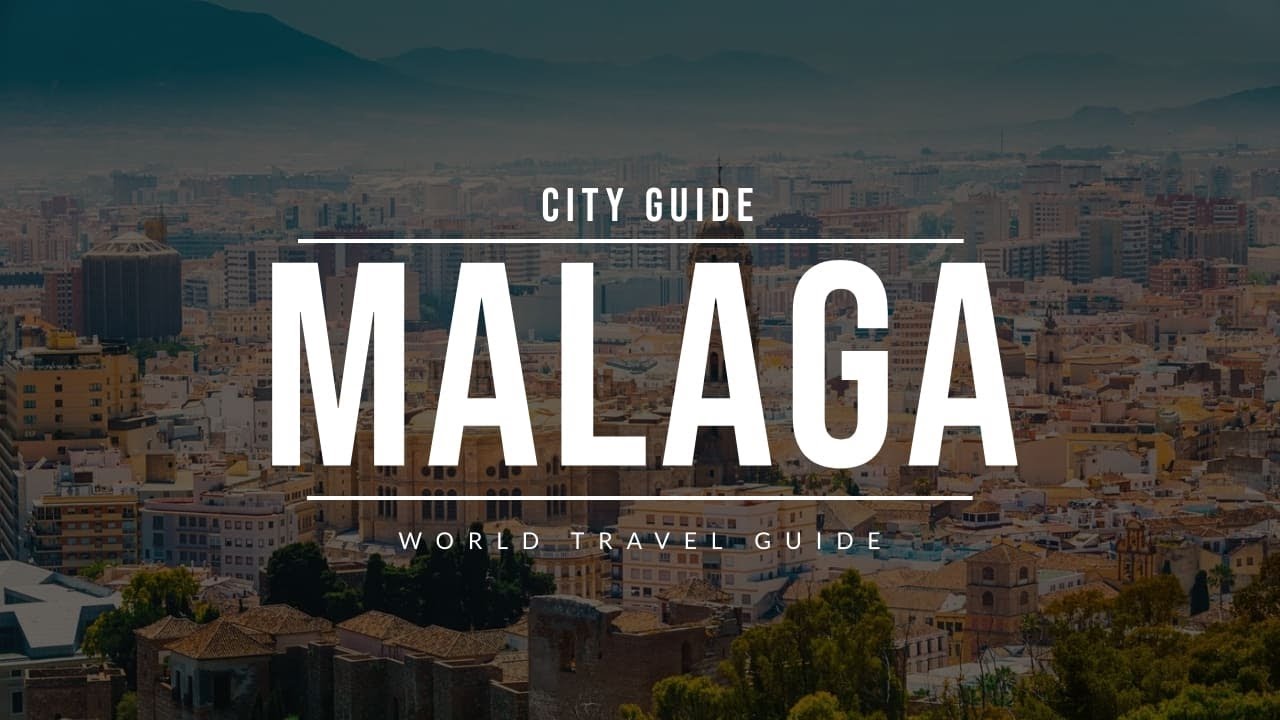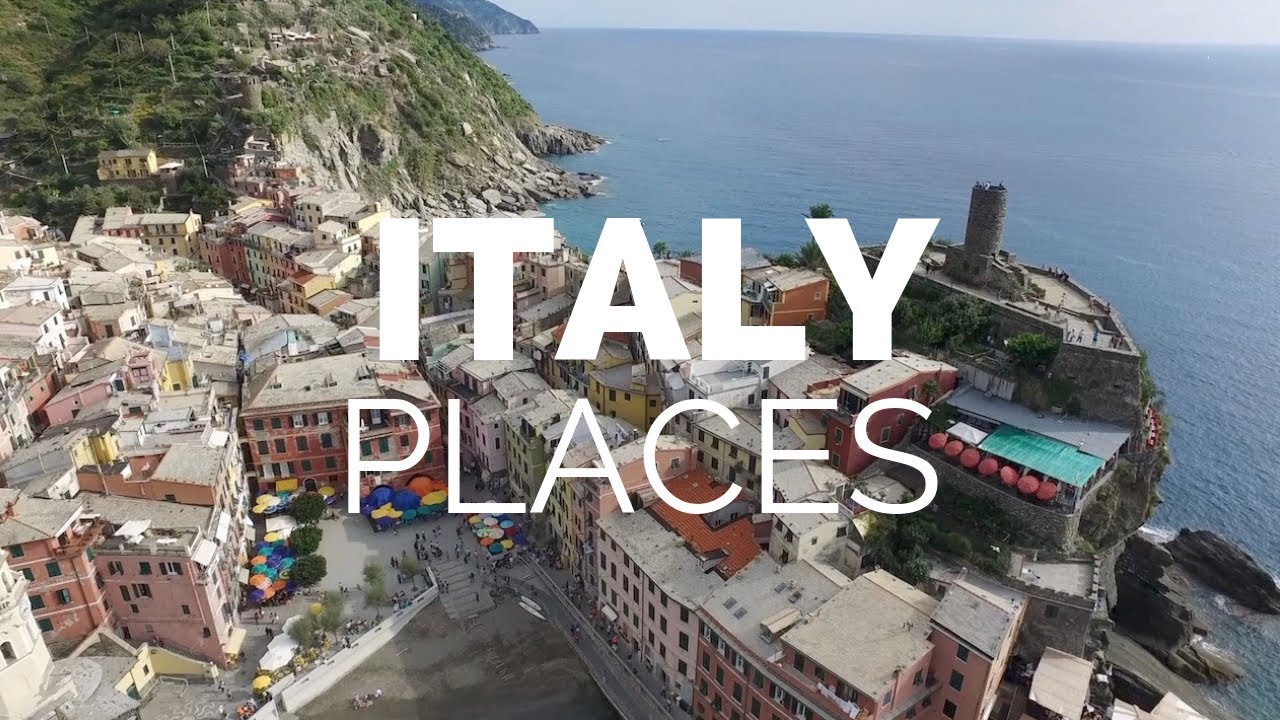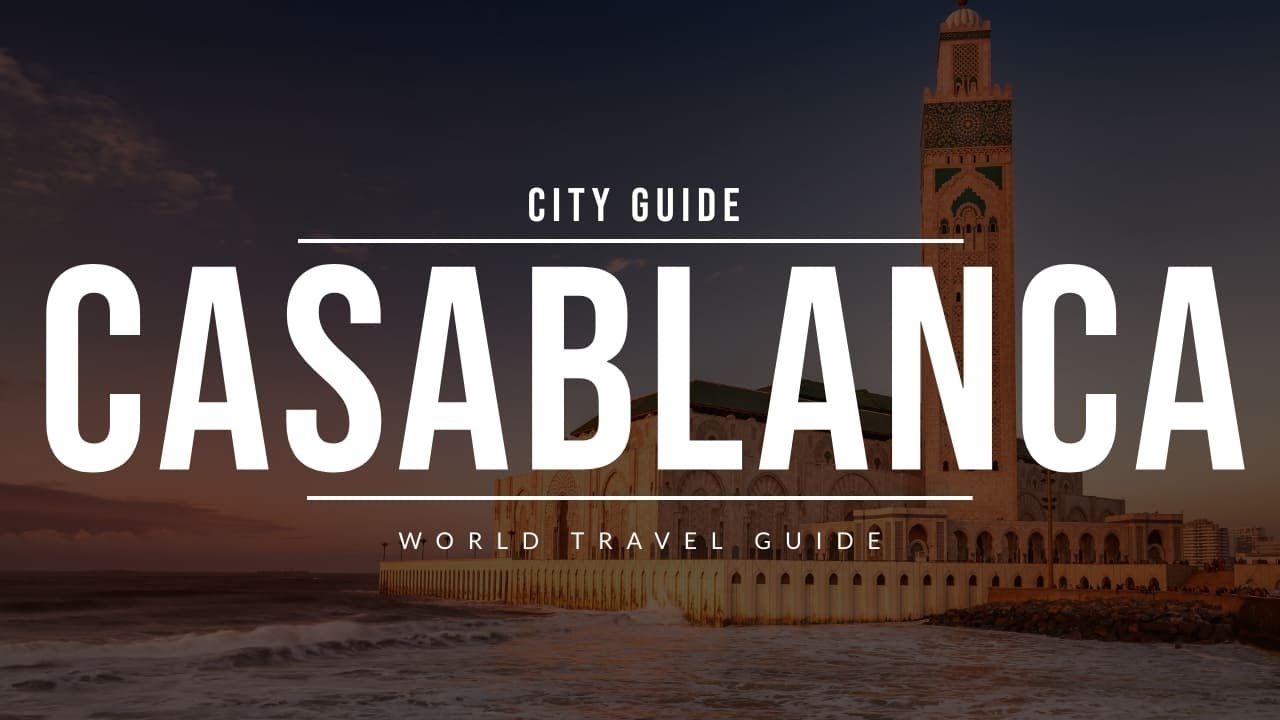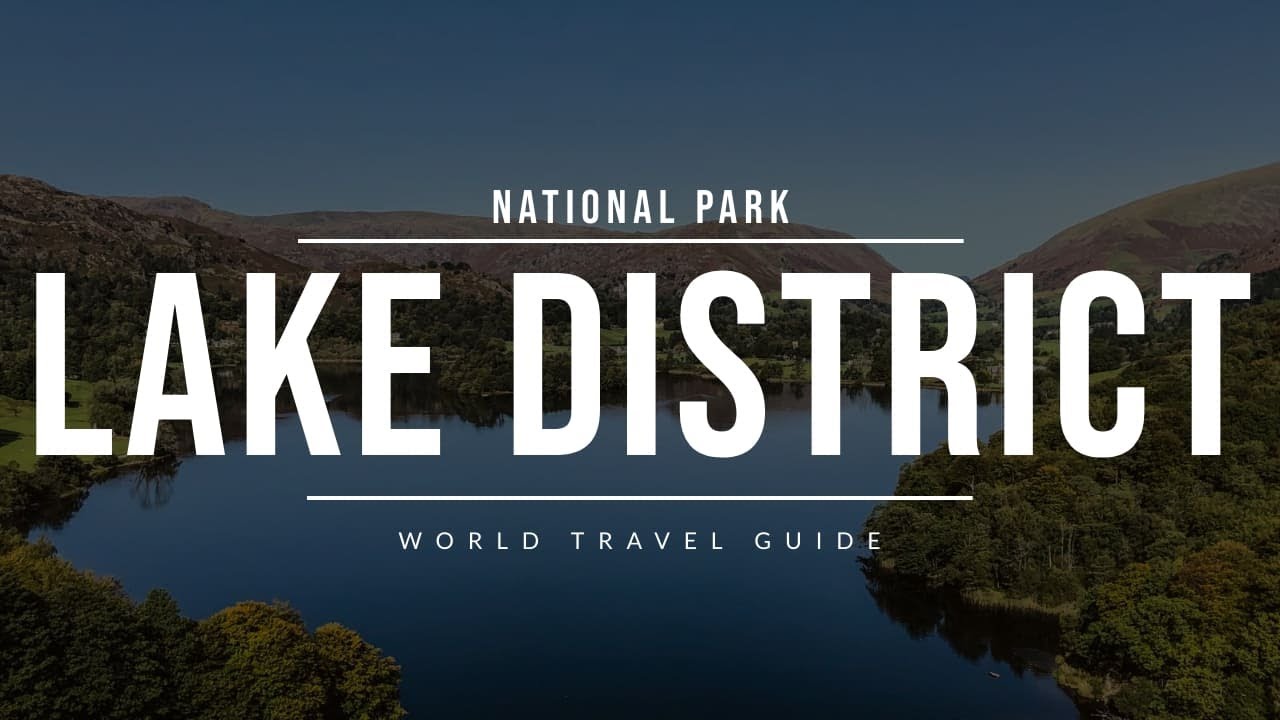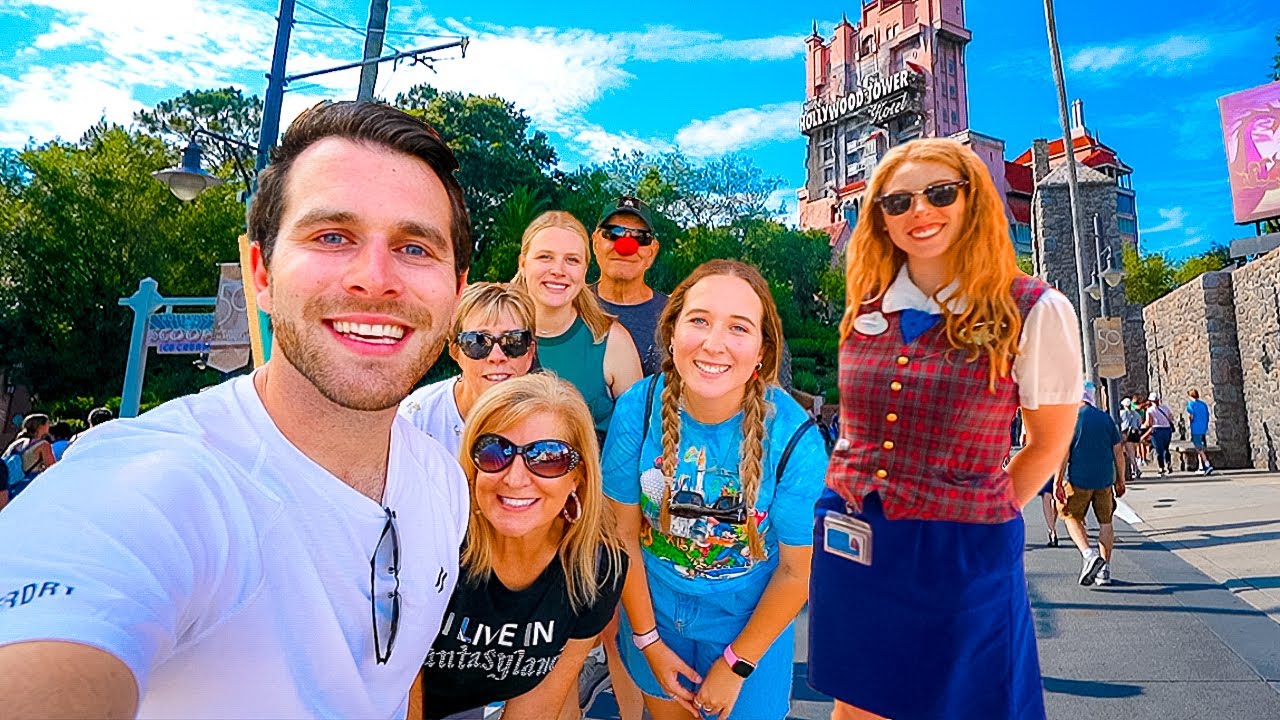London Vacation Travel Guide | Expedia | City of London | 06/08/1500 | X-MAX Pro | HD 1080p Complete video of my entire stay …
The City of London in 1520 was a bustling medieval metropolis, a far cry from the modern cityscape we know today. It was a time of significant change and growth, with the city expanding beyond its ancient walls.
Here are some key features of the City of London in 1520:
- Medieval City Walls: The city was still enclosed by its medieval walls, which provided protection and defined its boundaries.
- St. Paul’s Cathedral: A prominent landmark, the cathedral was a major religious and civic center.
- London Bridge: The only bridge across the River Thames, it was a vital link to the south bank and a major trading route.
- Guildhall: The seat of the City of London Corporation, it was a center of governance and administration.
- Livery Companies: Powerful guilds that controlled various trades and crafts, shaping the city’s economy and social structure.
- Royal Residences: The Tower of London and Westminster Palace were important royal residences.
- Crowded and Dense: The city was densely populated, with narrow, winding streets and timber-framed houses.
- Open Spaces: Despite the density, there were still open spaces, such as fields and gardens, within the city walls.
Visualizing 1520 London:
To get a better understanding of what London looked like in 1520, you can explore historical maps and illustrations. These resources can provide valuable insights into the city’s layout, architecture, and infrastructure.
A Historical Perspective:
The 16th century was a period of significant change for London. The city was growing rapidly, and its influence was expanding. However, it also faced challenges, including outbreaks of disease, fires, and social unrest.
Understanding the City of London in 1520 provides a fascinating glimpse into the past and helps us appreciate the remarkable transformation the city has undergone over the centuries.
Would you like to know more about a specific aspect of London in 1520, such as its economy, social structure, or cultural life?


